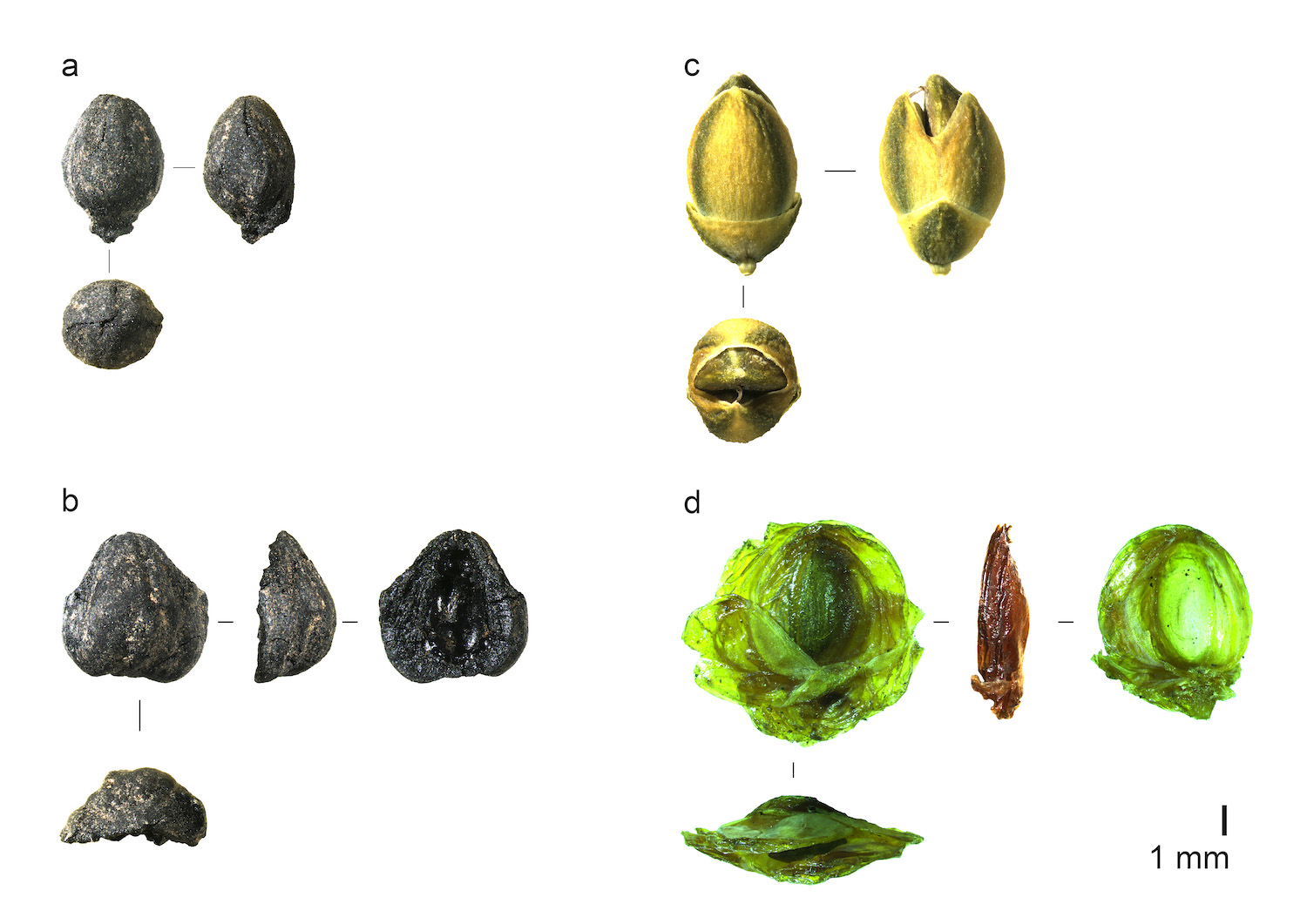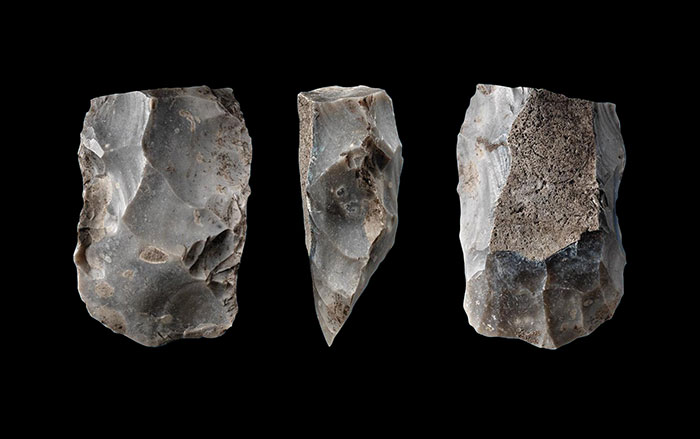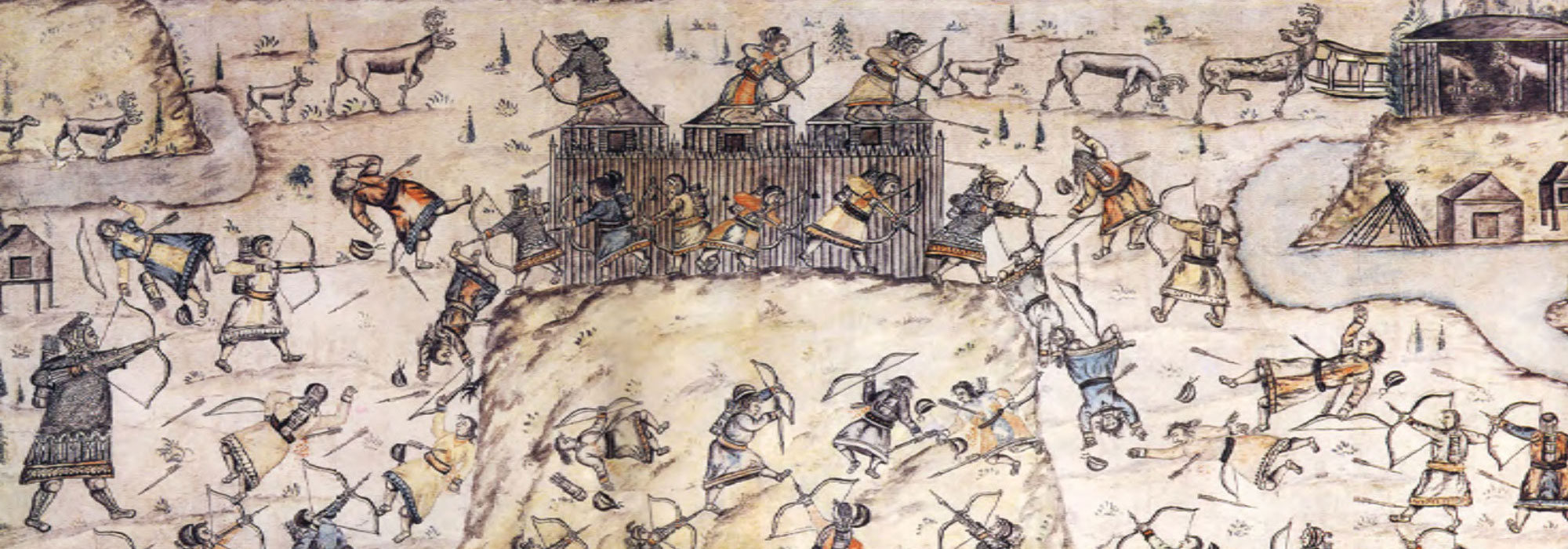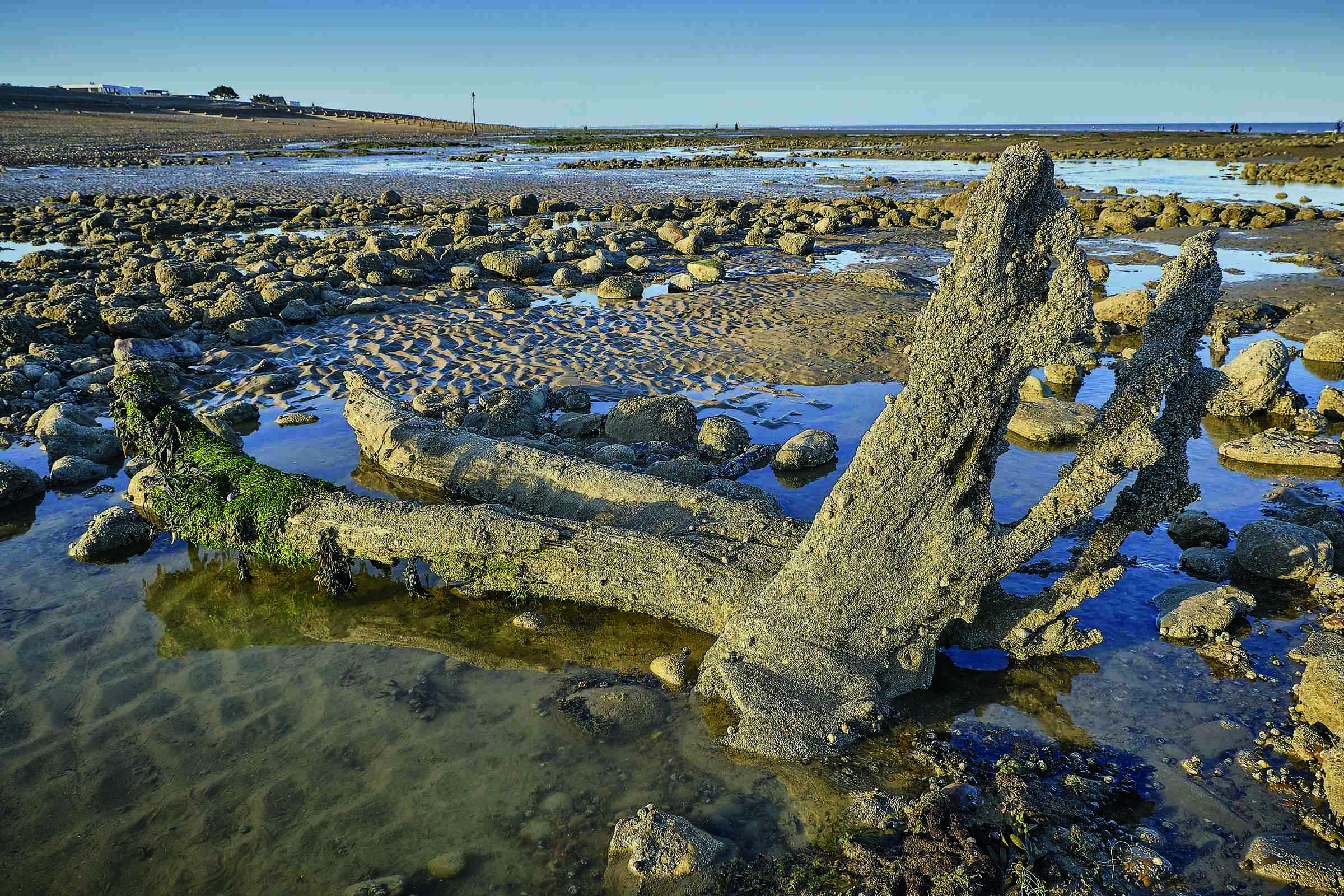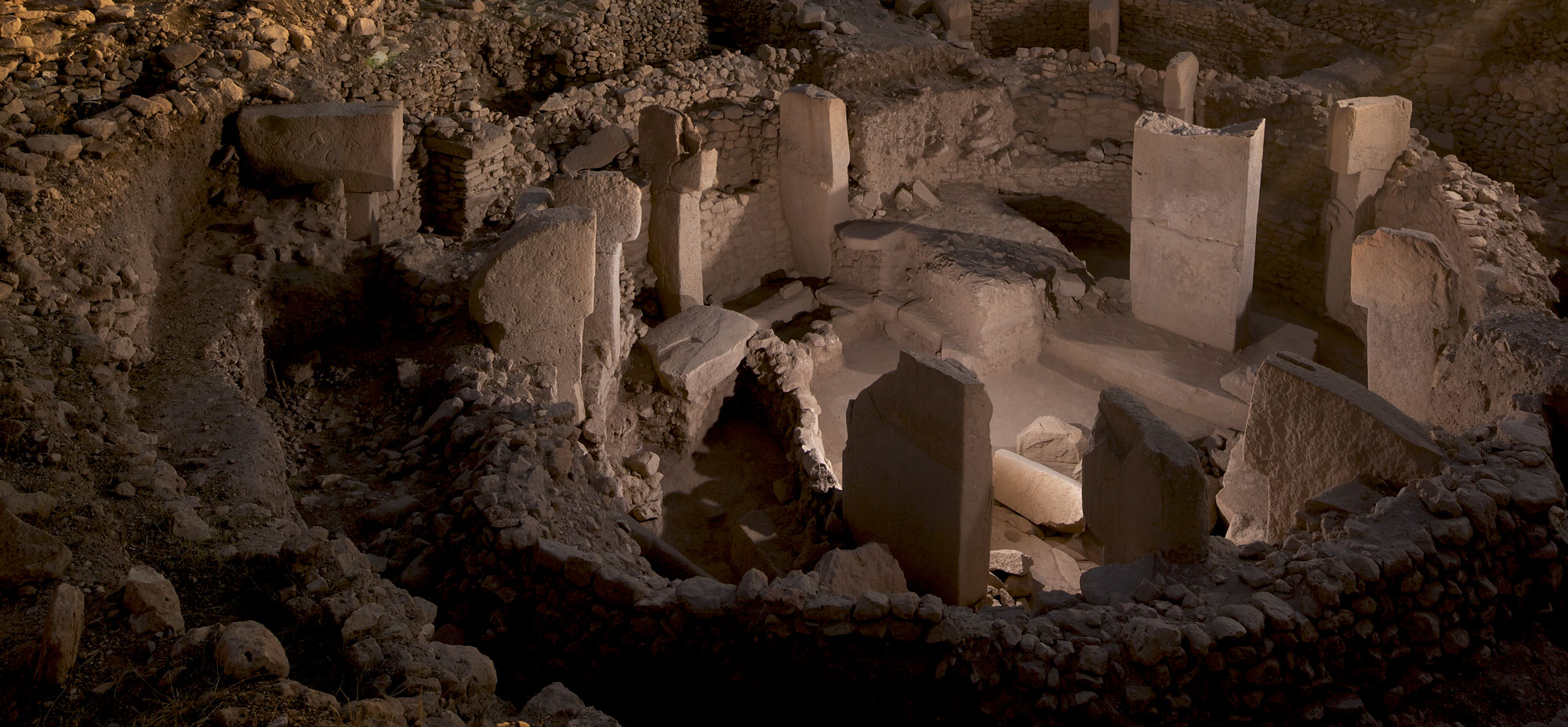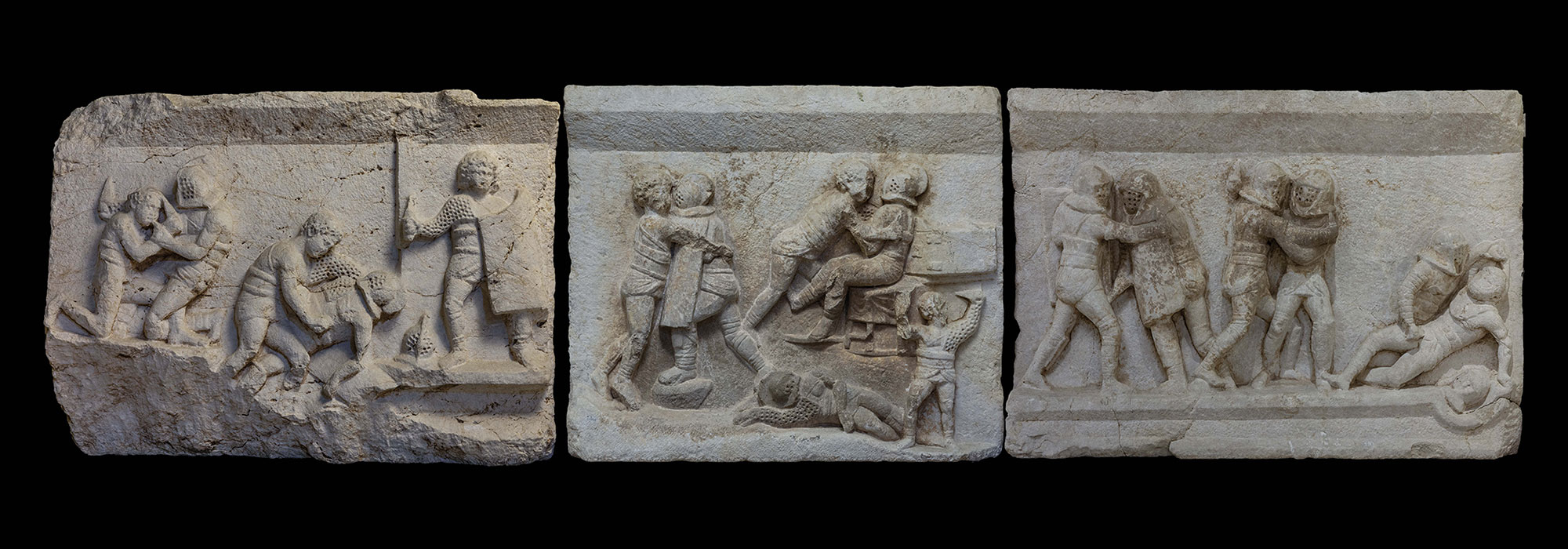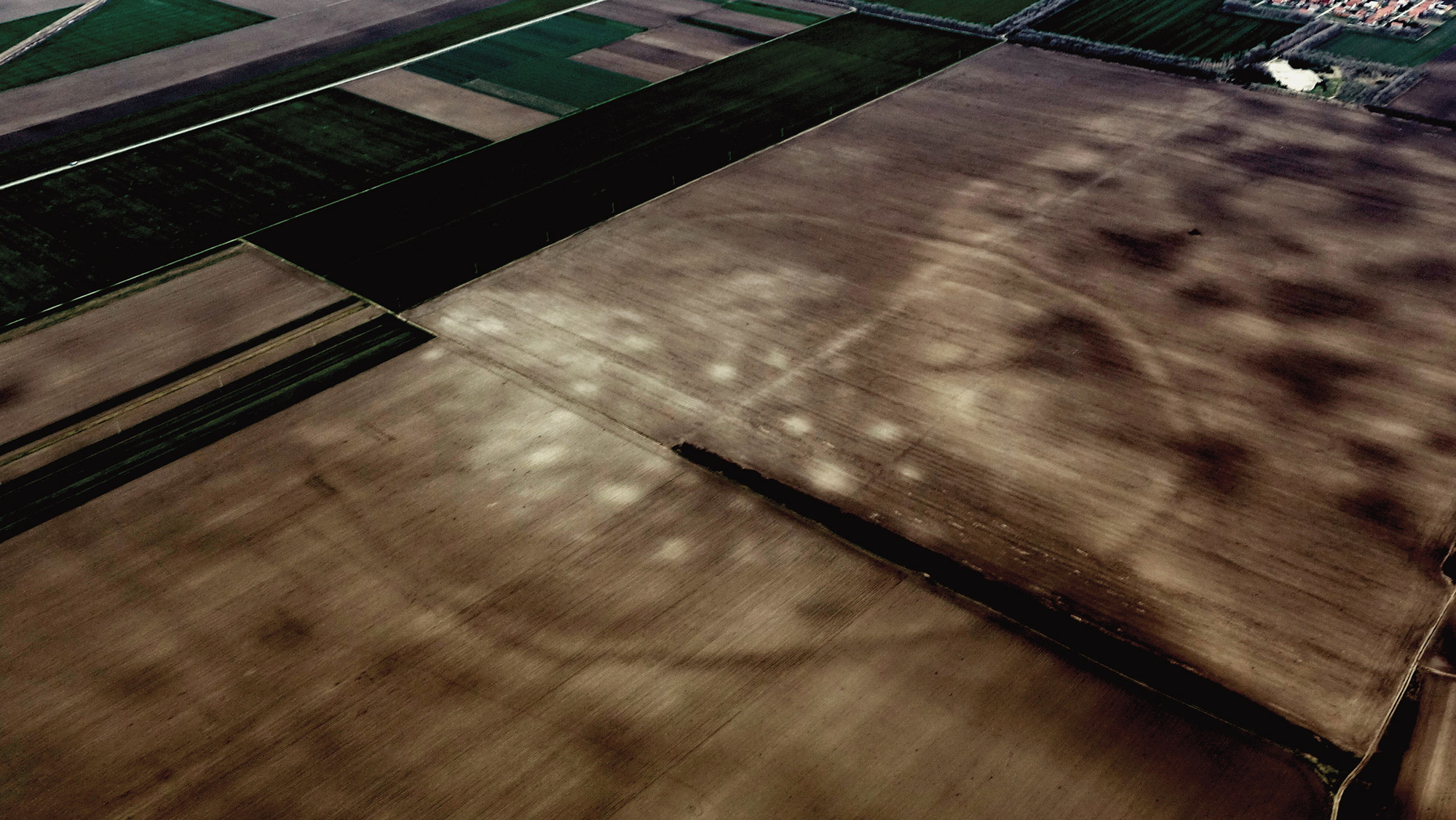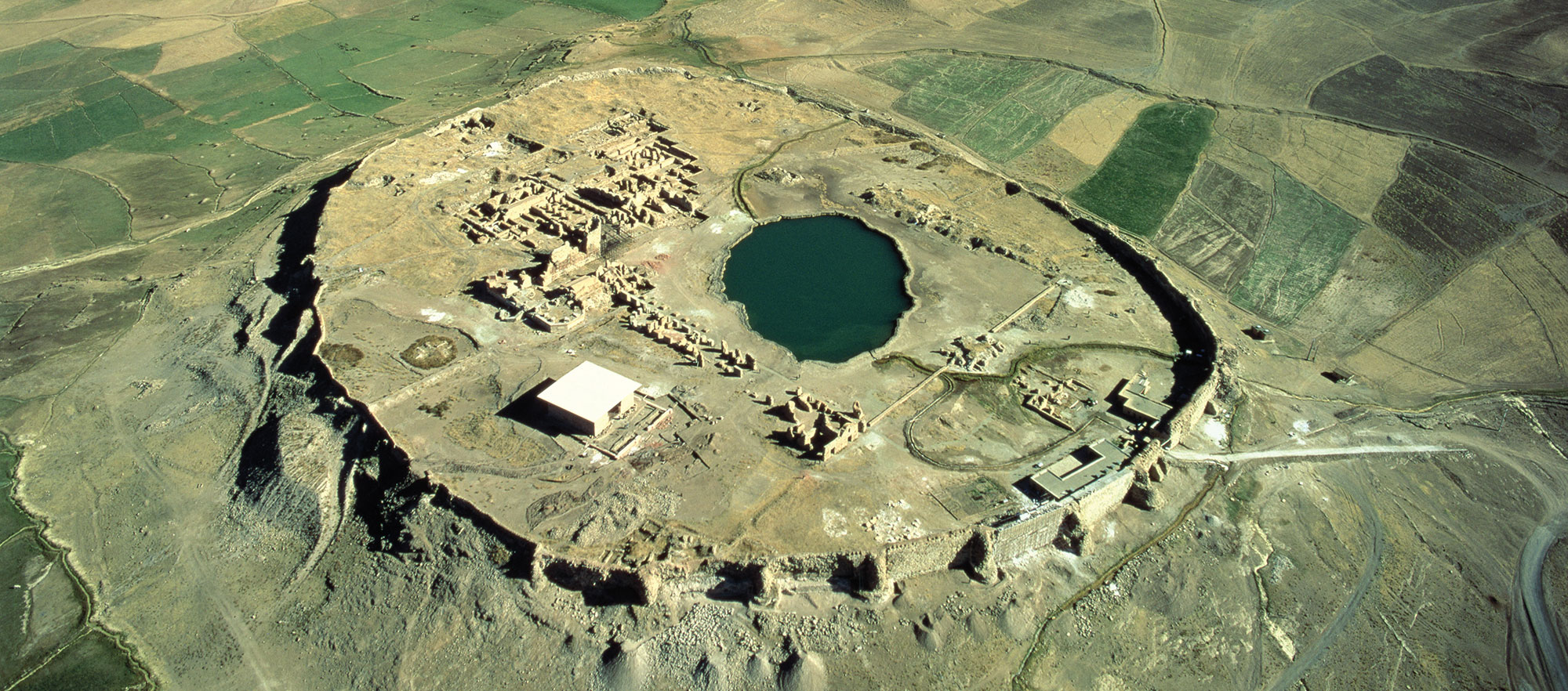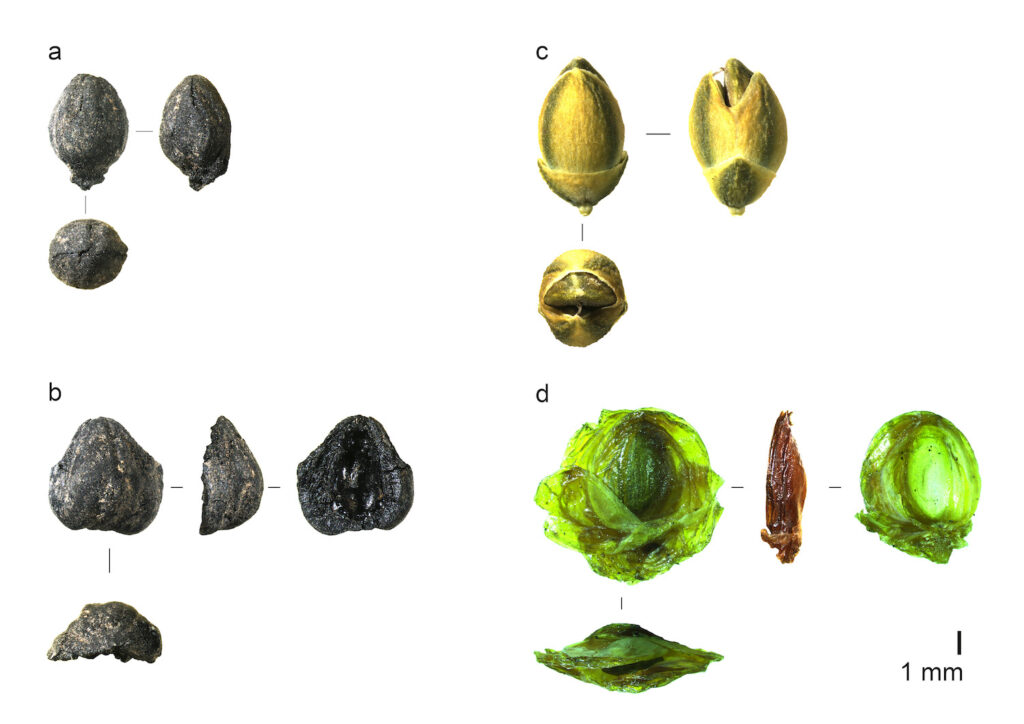
LAS PALMAS, SPAIN—According to a Phys.org report, 23 charred parts of the Ephedra plant have been identified in a 15,000-year-old burial in northeastern Morocco’s Cave of Pigeons, which was used by hunter-gatherers for burials and living space between 23,000 and 12,600 years ago. Ephedra can be used to produce the medicines ephedrine and pseudoephedrine, and may have been used by the hunter-gatherers for its nutritional and therapeutic properties. The grave also held the remains of a man, an ocher-coated mortar and pestle, and modified animal remains. Jacob Morales of the University of Las Palmas de Gran Canaria and his colleagues suggest that the charred plant remains recovered from the grave may have been left over after the plant’s fleshy cones had been consumed. The scientists also noted that a higher concentration of Ephedra was detected in the burial sediments than in other areas of the cave, indicating that it may have been reserved for use during funerary activities. Read the original scholarly article about this research in Scientific Reports. To read about another discovery from the Cave of Pigeons, go to "Around the World: Morocco."


